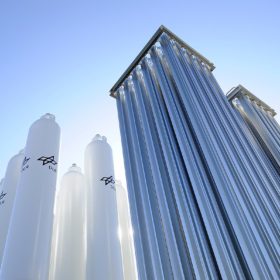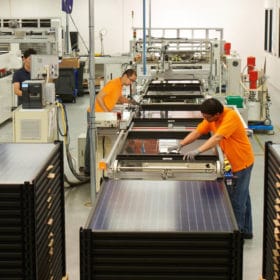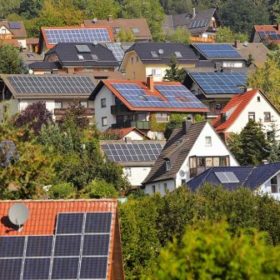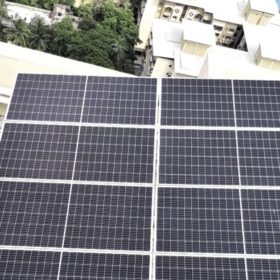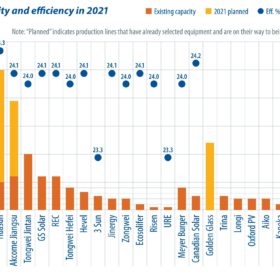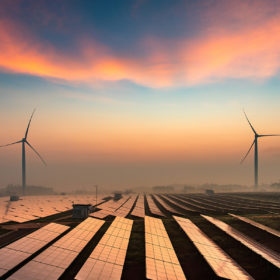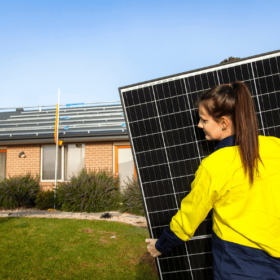Malaysia launches scheme enabling consumers to buy renewable energy
Through the Green Electricity Tariff (GET) program, the government will offer 4,500 GWh of power to residential and industrial customers each year. These will be charged an additional MYE0.037 (AU$0.012) for each kWh of renewable energy purchased.
Utilities and financial investors are investing in renewables, especially hydrogen, like never before
A new Ernst & Young power and utilities overview report shows that utilities and other deep-pocketed investors are putting financial support behind their environmental, social and governance initiatives.
Renewables to drive down prices as fossil-fuel generators exit NEM
Ongoing growth in both renewable generation capacity, including rooftop solar, large-scale wind and solar, and dispatchable power in the form of big batteries is expected to drive down household power bills across the National Electricity Market in the coming years despite the impending closure of several of Australia’s ageing fossil-fuel fired power stations.
Solar manufacturers respond to dire stock shortfalls
As Australia, like much of the world, battles shortfalls in supply with solar module prices rising and Chinese companies’ stocks decreasing, the country’s only manufacturer, Tindo Solar, has opted to release emergency stocks. Likewise, Chinese giant Longi is working to guarantee supply for Australia, saying its vertical integration has afforded it extra security.
‘Inexpensive line of supply no longer acceptable’: federal politicians move on consequential ban for solar industries
Members of both the upper and lower houses of Parliament are moving to ban the importation of goods made with forced labour by introducing a bill which, if passed, would have profound repercussions for Australia’s solar industry.
“Crickey!” Rooftop solar makes South Australia the world’s first gigawatt-scale system to hit negative demand
Rooftop solar drove two negative demand events in South Australia on Sunday, November 21, events which analysts are describing as a world-first for a gigawatt-scale power system.
Sunday read: Up to code for decarbonisation
The International Energy Agency predicts that India will record the world’s fastest growth in energy consumption from buildings through 2040. The energy demand could create a big market for solar installers and equipment providers, particularly in the commercial and industrial sector. While building codes now include provisions for renewable energy integration, effective implementation will be key to ensuring compliance, reports Uma Gupta.
Saturday read: Looking past PERC
While the adoption of large-format wafers has driven a wave of capacity expansion for PERC, existing manufacturers and new entrants continue to evaluate TOPCon and HJT. An increasing number of HJT pilot lines and gigawatt-scale capacity expansion projects are appearing, as manufacturers see the advantages of fewer process steps, higher efficiency ratings, and better yield rates. The localisation of equipment is also a driving factor. PV InfoLink’s Derek Zhao offers an update on the latest developments and process routes for HJT.
6 GW green hydrogen project powered by solar and wind proposed for SA
Kallis Energy Investments is proposing a whopping 6 GW renewable hydrogen project in South Australia, with founder Terry Kallis telling pv magazine Australia the project will not seek to connect its 3 GW of planned solar and wind assets to the already congested grid.
Victorian Solar Homes program reaches 1 GW of energy capacity
After a controversial beginning, the Victorian Solar Homes Program recovered and is now setting new records. From the early days when solar installers were forced to protest due to the unintended effects of the policy’s first iteration, to today when more than 165,000 homes have solar as a result of the program, it is fair to say that Victoria is headed into a bright summer.

